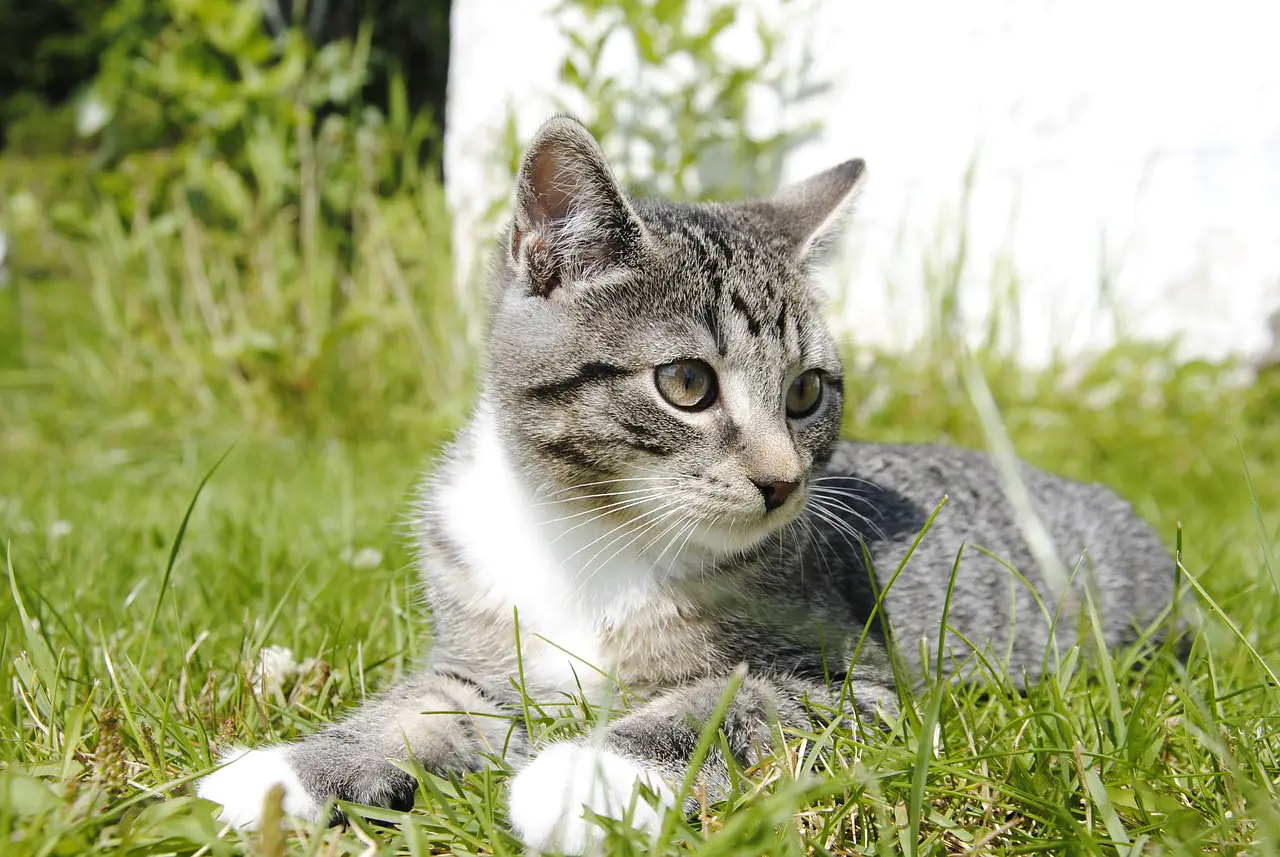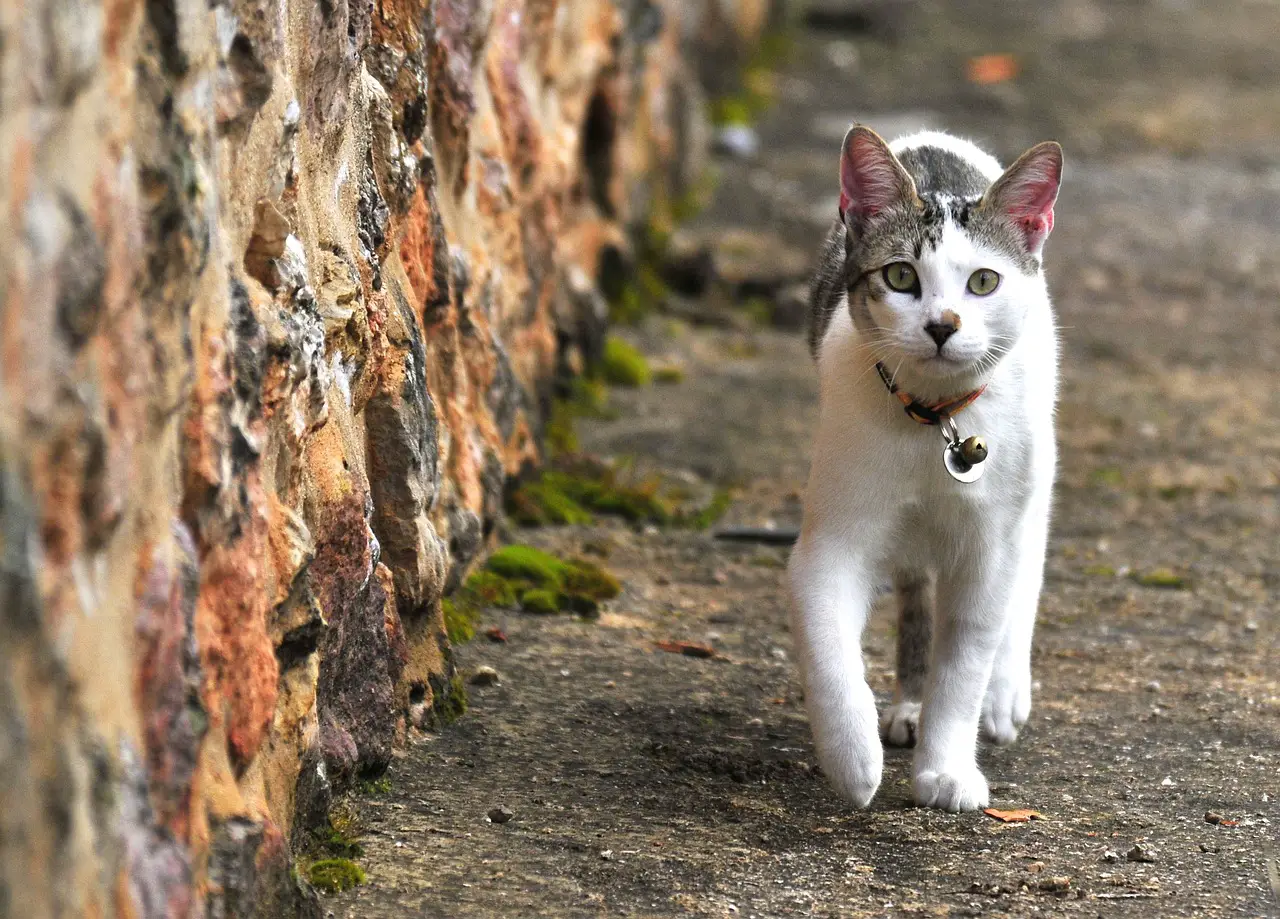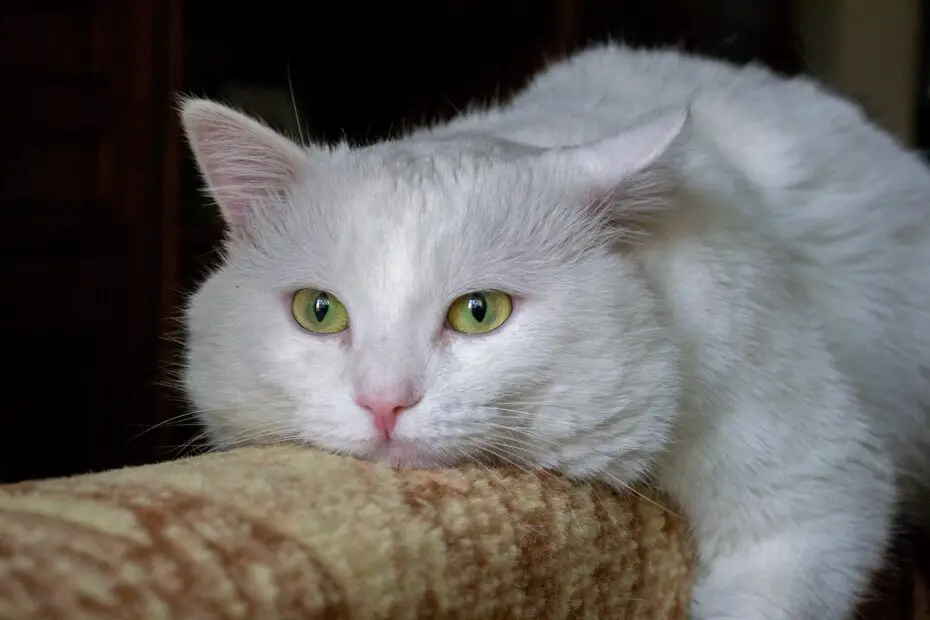Cats, those enigmatic and independent creatures, have a language all their own. While they may not communicate with words as we do, they are incredibly skilled at expressing their thoughts and feelings through a combination of vocalizations, body language, and purring. In this blog, we’ll delve into the fascinating world of cat communication, helping you decipher the meaning behind your feline friend’s meows, purrs, and body movements.
You may also want to know if cats can swim.
Meows: The Versatile Vocalizations
Meowing is perhaps the most well-known form of cat communication. However, contrary to popular belief, cats don’t meow at each other as a primary means of communication. Instead, they reserve this vocalization primarily for interactions with humans.

1. The Greeting Meow
When your cat greets you with a soft, gentle meow, it’s their way of saying hello. This is often accompanied by purring and rubbing against you, signifying affection and a desire for your attention.
2. The Demanding Meow
Cats are masters at training their humans. If your cat delivers a series of insistent, high-pitched meows, they’re probably trying to communicate a specific need. It could be hunger, the desire to play, or simply the wish to be let in or out of a room. Pay attention to the context and your cat’s body language to determine their request.
3. The Contented Meow
A soft, rhythmic meow is typically a sign of contentment. Cats may make this sound while kneading with their paws or when they’re nestled comfortably in your lap. It’s their way of expressing happiness and relaxation.
4. The Distressed Meow
If your cat meows loudly, frantically, or in a distressed manner, it’s crucial to investigate the cause. Cats may meow this way when they’re in pain, feeling anxious, or experiencing a medical issue. Immediate attention may be required in such cases.
5. The Conversational Meow
Some cats are more vocal than others and enjoy engaging in “conversations” with their owners. They may meow in response to your words or as a way of getting your attention. These meows can be playful and full of personality.
Purring: More than Just Contentment
Purring is often associated with a happy, content cat, but it serves a broader range of purposes than just expressing satisfaction.
1. Contentment and Relaxation
When a cat is curled up in your lap, gently purring, it’s a sure sign of their comfort and happiness. This is their way of saying, “I feel safe and content with you.”
2. Healing and Self-Soothing
Cats may purr when they are unwell or injured. Research suggests that the vibrations from purring can stimulate the healing of bones and tissues. So, a cat’s purring may be a form of self-soothing and recovery.

3. Communication
Cats can also use purring to communicate with their owners. Sometimes, a cat will purr to get your attention or to request something, like food or playtime. Make sure to give your cat great food.
4. Stress or Anxiety
In some cases, cats may purr when they are stressed or anxious. This can be a way for them to comfort themselves in unfamiliar or frightening situations.
5. Motherly Bonding
Kittens begin purring when they are just a few days old. Mother cats purr while nursing, creating a strong bonding experience between them and their offspring. As a result, many adult cats retain this habit as a form of comfort and connection.
Body Language: Cat Communication
While meows and purrs are vocal expressions, a significant part of a cat’s communication occurs through body language. Understanding your cat’s postures and gestures can provide valuable insights into their mood and intentions.
1. Tail Language
A cat’s tail is a telltale indicator of its emotions:
- Erect Tail: A cat with its tail standing upright is usually feeling confident and happy. They might approach you with their tail held high as a friendly greeting.
- Puffed-up Tail: A puffed-up tail indicates fear or agitation. This defensive posture makes the cat appear larger in an attempt to intimidate potential threats.
- Tucked Tail: When a cat tucks its tail between its legs, it’s a sign of fear or submission. This is common when a cat encounters something it perceives as a threat.
- Lashing Tail: A rapidly lashing tail can be a sign of irritation or frustration. It’s best to give your cat some space in this situation.
- Curled Tip: A slight curl at the tip of the tail while it’s held upright often means your cat is in a playful mood.
2. Ear Positions
Cats’ ears are incredibly expressive and can convey their emotions:
- Forward: Ears pointed forward indicate curiosity or interest in something.
- Backward: Ears flattened backward against the head signal fear, aggression, or irritation.
- Slightly Tilted Back: A relaxed, content cat may have its ears slightly tilted back while it’s being petted or enjoying a pleasant experience.
3. Eye Contact
Cats use eye contact to communicate their feelings:
- Slow Blinking: When your cat gives you a slow blink, it’s a sign of trust and affection. You can respond by blinking slowly back to reinforce your bond.
- Dilated Pupils: Enlarged pupils can indicate excitement, fear, or aggression. The context and other body language cues will help you interpret the meaning.
- Half-Closed Eyes: A cat with half-closed eyes is often in a relaxed, comfortable state.
- Staring with Dilated Pupils: If a cat is staring intensely with dilated pupils, it may be feeling threatened or aggressive. Avoid direct eye contact in such situations.
4. Whisker Position
Cats use their whiskers for navigation and as an indicator of their mood:
- Relaxed Whiskers: Whiskers held naturally forward suggest a calm and content cat.
- Whiskers Pulled Back: When a cat’s whiskers are pulled back flat against their face, it may be a sign of fear or aggression.
- Forward Whiskers: Whiskers pushed slightly forward can indicate curiosity or interest.
Understanding your cat’s body language is essential for building a strong bond and ensuring their well-being. It allows you to respond appropriately to their needs and emotions, enhancing the quality of your relationship.
Conclusion of Cat Communication
Cats are complex and multifaceted creatures, and their means of communication go far beyond mere meows and purrs. By paying attention to the nuances of their vocalizations, body language, and purring, you can gain a deeper understanding of your feline friend’s thoughts, feelings, and desires.
Remember that each cat is unique, and their communication style may vary. Over time, as you observe and interact with your cat, you’ll become increasingly proficient at deciphering their signals. This enhanced communication can lead to a more fulfilling and harmonious relationship between you and your beloved feline companion. So, the next time your cat meows, purrs, or strikes a certain pose, take a moment to consider the rich language they’re sharing with you.
